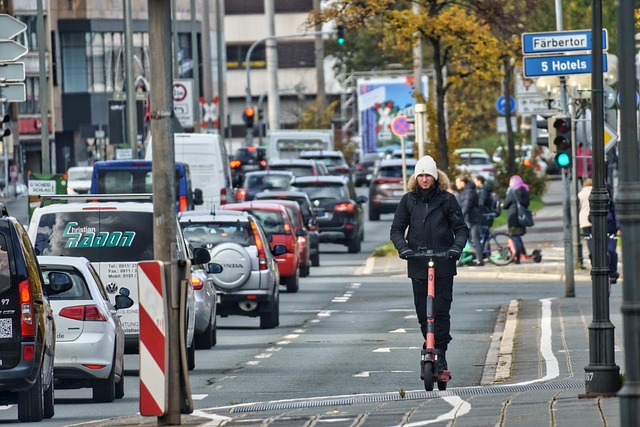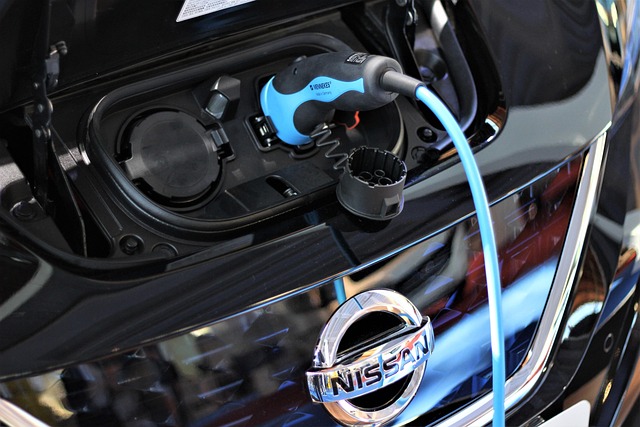Driving Sustainability: Low Energy Consumption Revolutionizing Rural Mobility
In the heart of our rural landscapes, the quest for sustainable solutions becomes more vital than ever. Low energy consumption isn’t just a trend; it’s a transformative force that’s revolutionizing how we think about mobility in these regions. As communities seek to balance their needs with the imperative of protecting our planet, the integration of sustainable transport options is paving the way for a brighter future.
Transport Sustainability: The New Normal
Transport is a significant contributor to greenhouse gas emissions, and rural areas are no exception. With increased awareness about climate change, the call for low energy consumption alternatives has never been louder. Innovative technologies such as electric vehicles, biofuels, and energy-efficient public transport systems are being embraced to reduce carbon footprints.
The modern rural community is reimagining transportation, understanding that sustainability can go hand-in-hand with efficiency. By utilizing low energy solutions, these areas not only work towards environmental preservation but also enhance mobility for all residents, ensuring easier access to jobs, education, and essential services.
Rural Development: Bridging the Gap
Empowering rural development through sustainable transport is not just about moving people; it’s about connecting lives and opportunities. Communities are beginning to recognize that low energy consumption transport methods facilitate not only economic development but also social equity.
For instance, imagine electric buses running through valleys and hills, reducing air pollution while providing reliable services to isolated communities. With the implementation of such transportation modalities, rural areas can thrive, reducing the gap between urban and rural access, fostering inclusivity, and enabling residents to participate fully in the economy.
Initiatives Making a Difference
Several forward-thinking initiatives are sprouting across the countryside, focusing on sustainable mobility. Car-sharing programs, community cycle schemes, and pedestrian-friendly infrastructure are just a few examples of how rural areas are embracing the low energy consumption philosophy. These initiatives not only cut down energy use but also create social connections and enhance local economies.
Moreover, local governments are taking steps to support this shift by investing in renewable energy sources to power transport systems, integrating technology for smarter mobility solutions, and encouraging community involvement in planning processes. As residents actively participate, they not only feel a stronger connection to their communities but also take ownership of their sustainable future.
A Vision for the Future
As we look towards tomorrow, it’s clear that the fusion of sustainability and mobility holds incredible promise for rural development. By prioritizing low energy consumption, we can unlock new pathways for innovation and resilience in rural communities. The road ahead may be challenging, but with collaborative efforts and a shared vision, we can create vibrant, sustainable rural landscapes where everyone has the mobility they need to thrive.
Ultimately, the journey towards sustainable transport is a collective one. It requires a concerted effort from individuals, families, businesses, and local governments to embrace transformative changes. Together, we can ensure that as our rural communities move forward, they do so with the planet in mind, championing a future that prioritizes both the environment and the people who inhabit it.



